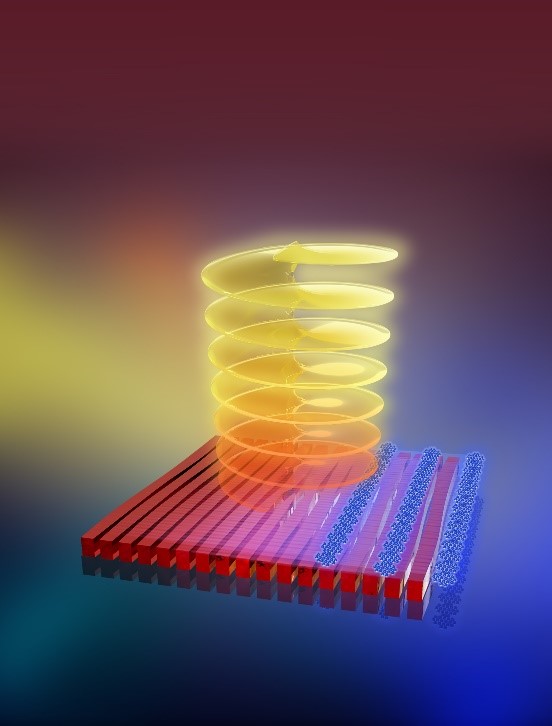Nanoelectronic devices - optical and electron beam method (electron beam) and nano pattern repetition (PhD nano_microelectronics)
Researcher and author: Dr. ( Afshin Rashid)
Note: In general, each of these methods is optimal for some nanostructured oligos, materials and required volumes. As a production method, nano-lithography supports a wide range of integration modes for optical circuits.
Optimization of the architecture of multi-element optical circuits and traditional traditional technologies is possible using the unique optical behavior of nano-optics. Spatial integration can be accomplished by organizing different optical functions in an array structure by repeating the nano pattern. Combined integration is achieved by adding a layer (s) of optical nanoparticles to applied optical materials.
Through the right combination of materials and structures, nano-optical devices can perform any passive optical function, including polarization filter, phase lag, spectral filter, and emission management (e.g., lenses and beam splitters). Various functions can be designed for open space and wave applications. Nano-optical devices can also be designed to operate in any wavelength range. The main method can be used for UV, visible and IR wavelengths with appropriate changes in dimensions and structural materials. In addition, they can form the core of an optical system. Practical applications of nano-optics require a complete optical system consisting of nano-patterned materials and adjacent materials including optical substrates and thin film coatings.Nano-optical structures are defined as a combination of material and physical properties.
Conclusion :
In general, each of these methods is optimal for some nanostructured oligos, materials, and volumes required. As a production method, nano-lithography supports a wide range of integration modes for optical circuits.
Researcher and author: Dr. ( Afshin Rashid)
PhD in Nano-Microelectronics




